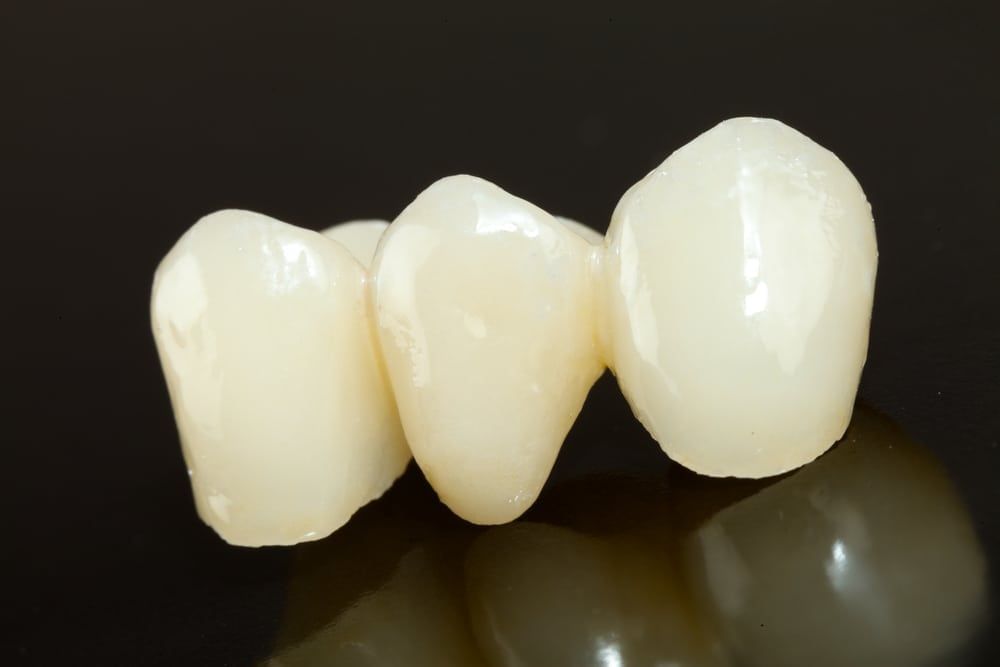What are crowns and bridges, and how are they different?
Crowns (also known as caps) are tooth prosthetics that restore natural teeth or dental implants. Reasons for getting a crown on a natural tooth include:
- restoring a tooth that has a large cavity or large filling
- protecting a tooth that has a crack
- restoring a tooth with a large chip
- improving the esthetics of a tooth.
Bridges are tooth prosthetics that replace missing one or more missing teeth. They are anchored by the stable natural teeth or implants that are adjacent to the missing teeth.
Did you know…
that the Etruscan civilization were the first to use crowns as a means of restoring damaged teeth? The materials they used were ivory, gold, and bone.
Frequently Asked Questions
What are CROWNS AND BRIDGES made of?
Generally speaking, crowns and bridges can be of gold alloy, porcelain bonded to metal, or all ceramic.
WHAT IS THE PROCESS FOR HAVING A crown or bridge THAT IS SUPPORTED BY NATURAL TEETH made?
Crown and bridge fabrication is generally a two-appointment process. The teeth that will support the restoration will first be shaped to provide enough space for the thickness of the restorative material. Impressions are then taken. If you are opting for a tooth-coloured restoration, such as one with porcelain, the dentist will suggest a shade that blends with your other teeth. You will be fitted with a temporary restoration until the permanent one is ready. Your crown or bridge will be inserted at a second appointment.
Do I need to follow any post-treatment care guidelines?
Yes. After the first appointment, the dental team will instruct you on how to floss around your temporary crowns and bridges. Avoid eating hard or sticky foods with the temporary. You may experience some mild heat and cold sensitivity, and soreness at the gums initially. This is usually manageable over-the-counter pain medications. If there is any discomfort on biting with that tooth, please inform your dentist.

